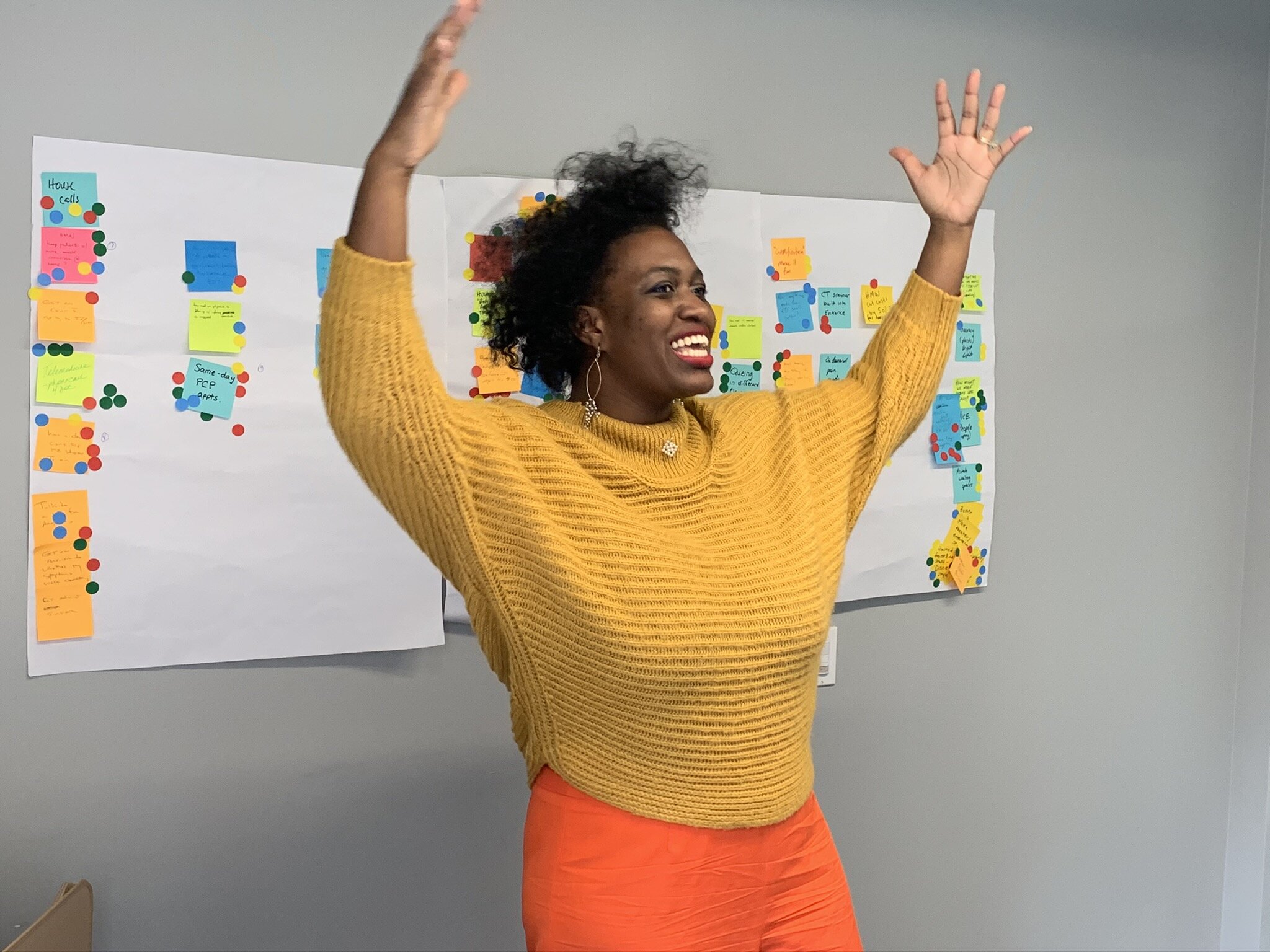
COVID-19 testing “deserts” hinder fighting the pandemic
Looking ahead, we welcome more funding for testing infrastructure, whether at the federal level or coming from private nonprofit groups. However, our experience in vulnerable communities reminds us that testing deserts are not just the absence of testing sites, but also absence of reliable, real-time information. Statistical modeling predicts that if testing results came back the same day and were accompanied by rigorous contact tracing, 80 percent of cases could be avoided.

Health Equity Requires Common Sense Design Principles
As an ER physician and the new Founding Director of Health DesignED, the Acute Care Design and Innovation Center in the Department of Emergency Medicine at Emory, I often reflect on the design ideas and core questions that guide me personally. The design principles below are principles that I’ve developed over time through experience. In most cases, they also just reflect the fundamental elements of good design, or as like to say, common sense.

Health Equity, COVID-19, and What Should be Common Sense Healthcare Design
COVID-19 has shined a blinding light on the deep-rooted inequities in America in communities of color at every level. From the disproportionate number of essential workers for whom there is no remote alternative to the higher than average rates of chronic disease in younger populations, methods to prevent the spread of COVID-19 have not included what should be common sense design principles. From my own formal training and lived experience, I know that what is happening (or not happening) right now in response to COVID-19 is an artifact of design principles that insert equity, if ever, only on the second pass.